You water them. You feed them. You give them sun. So why do your plants still look sad, stunted, or sickly? The truth is, even well-meaning gardeners can unknowingly make simple mistakes that slowly sabotage their garden’s health. The good news? Most of these errors are easy to spot — and even easier to fix once you know what to look for.
From overwatering to poor plant placement, some of the most common garden mistakes happen before a seed ever sprouts. Others creep in as your plants grow, leading to pests, diseases, or disappointing blooms. By understanding what’s going wrong, you can quickly turn things around and help your garden thrive.
In this article, we’ll cover 14 common gardening mistakes that could be harming your plants — and show you exactly how to fix them. Whether you’re a seasoned grower or just getting started, these tips will help you create a healthier, more beautiful garden.
Overwatering
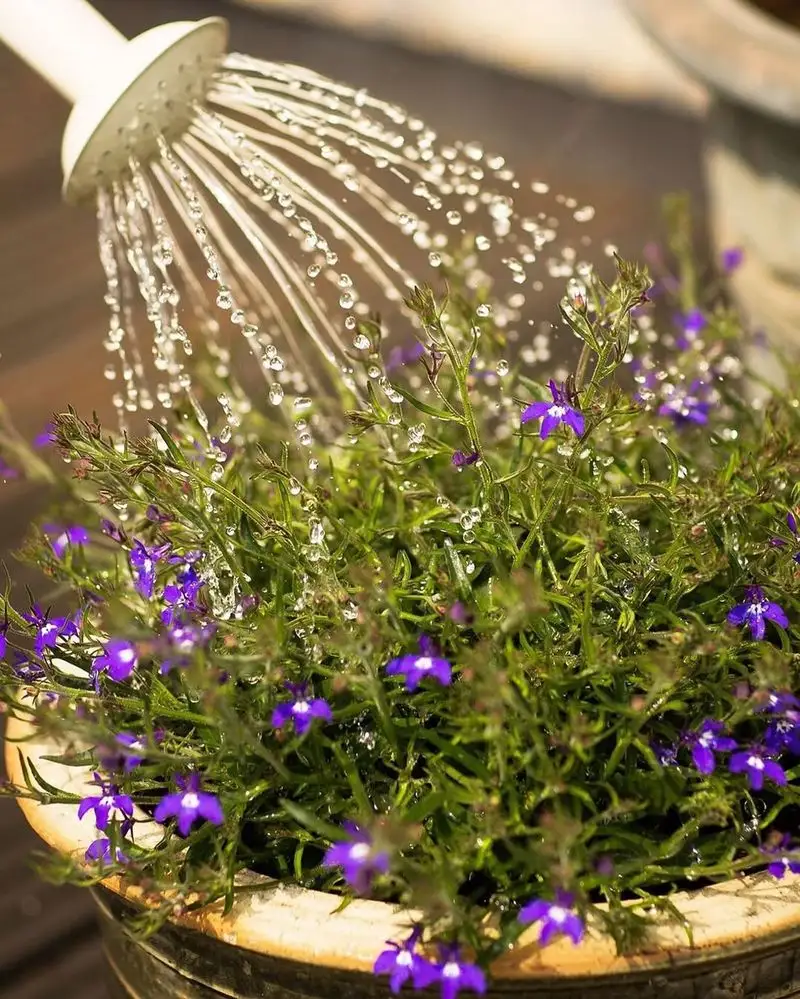
It’s easy to think plants need plenty of water to thrive, but too much can lead to root rot. Roots suffocate without oxygen, leaving plants weak and vulnerable. Instead of sticking to a strict schedule, check soil moisture before watering. Push your finger an inch into the soil; if it feels dry, it’s time to water. Remember, it’s better to underwater than overwater most plants. Adjust your watering habits to the plant’s specific needs and environmental conditions. Over time, you’ll learn to read your garden’s cues, ensuring each plant receives the appropriate care.
Poor Soil Quality
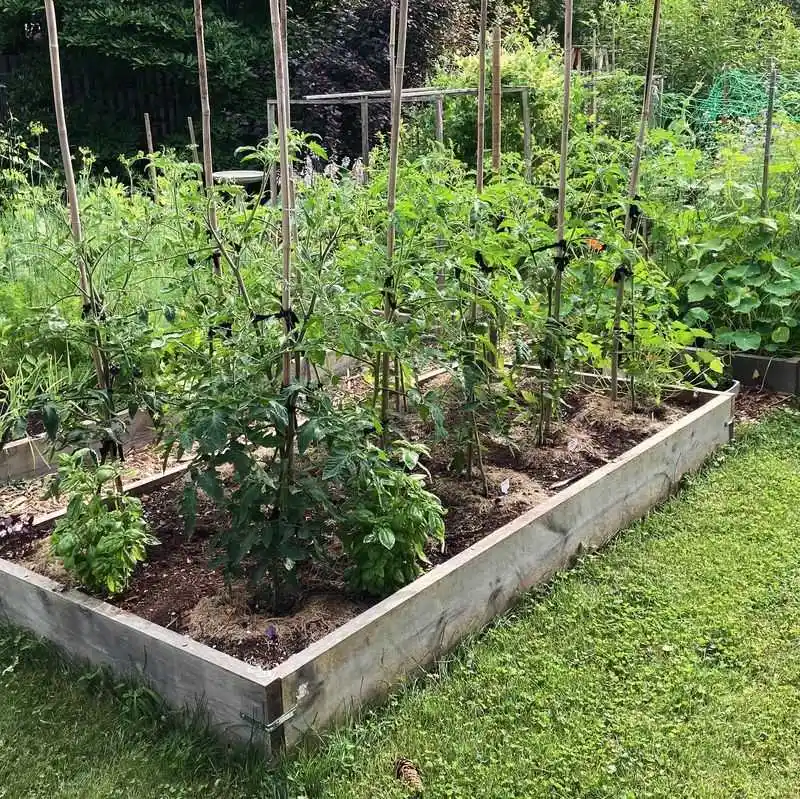
Plants rely on soil for nutrients, water, and support. Without the right balance, they struggle to grow. Soil that’s too sandy drains quickly, while clay-rich soil retains too much moisture. Conduct a soil test to determine nutrient levels and pH. Amend your garden beds with compost or organic matter to improve soil texture and fertility. Adjust pH levels according to plant preferences. Take the time to understand your garden’s soil, as this foundational element plays a crucial role in plant health and growth.
Incorrect Planting Depth

Planting too deeply can suffocate plants, while shallow planting can expose roots. Each species has an ideal depth for planting, often detailed on seed packets or plant labels. Pay close attention to these guidelines. Use a trowel to measure depth, ensuring each plant is positioned correctly. A small adjustment in planting depth can make a significant difference in plant vitality. A simple mistake like this can easily be avoided with a little extra care and attention during the planting process.
Neglecting Pest Control
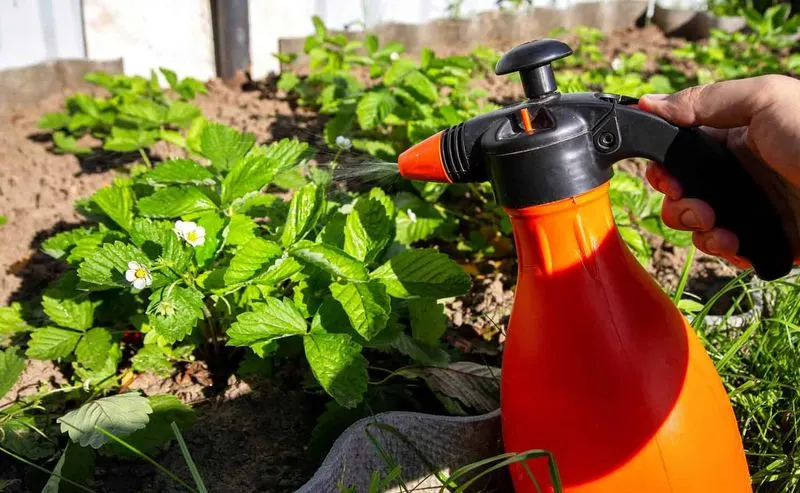
Pests can quickly overrun a garden if left unchecked. Insects like aphids and caterpillars may seem harmless, but they can cause significant damage. Regular inspection of plants for signs of pest activity is crucial. Employ natural pest control methods, such as introducing beneficial insects like ladybugs or using neem oil. Chemical pesticides should be a last resort. By maintaining a vigilant eye and acting promptly, you can protect your plants from unwanted invaders without harming the environment.
Ignoring Sunlight Requirements
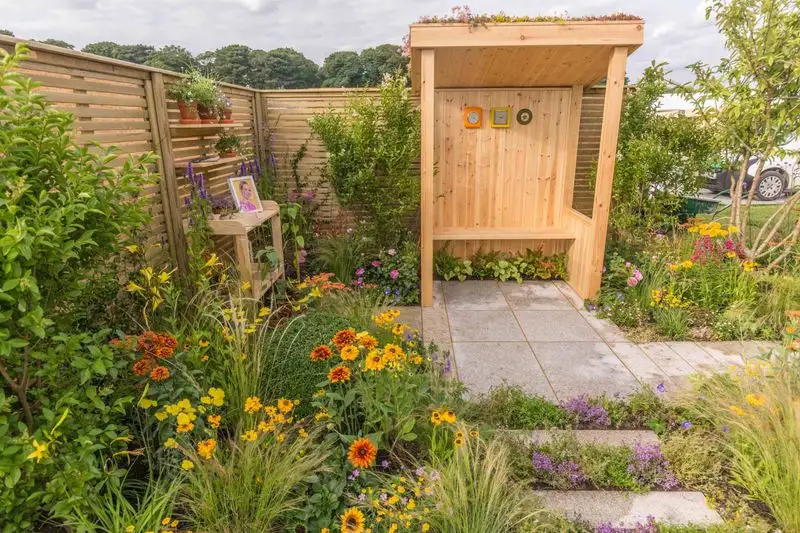
Sunlight is a fundamental requirement for photosynthesis, yet many gardeners overlook how much sun their plants need. Some plants thrive in full sun, while others prefer shade. Observe your garden throughout the day to identify sunny and shady spots. Group plants according to their light preferences, ensuring they receive the optimal amount of sunlight. By understanding and accommodating these needs, you create an environment where plants can thrive despite varying sunlight conditions.
Overcrowding Plants

While a full, lush garden might be appealing, overcrowding can lead to competition for resources. Plants need space to grow and access nutrients, water, and sunlight. Follow spacing guidelines on seed packets or plant tags to give each plant its fair share of resources. Proper spacing also improves air circulation, reducing the risk of fungal diseases. Remember, it’s better to have a well-spaced garden than one that’s overly crowded and struggling.
Neglecting Pruning
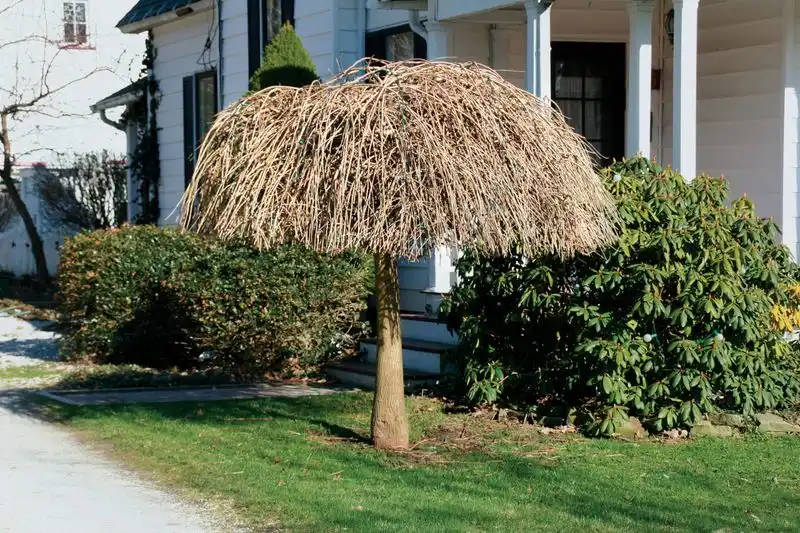
Pruning is essential for plant health, encouraging growth and improving structure. Without regular pruning, plants can become leggy and weak. Overgrown branches may block sunlight and air circulation. Use clean, sharp tools to remove dead or diseased wood and shape plants as needed. Timing is also important; prune most trees and shrubs in late winter or early spring. Regular care and attention through pruning can rejuvenate plants and promote robust growth.
Using Chemical Fertilizers Excessively
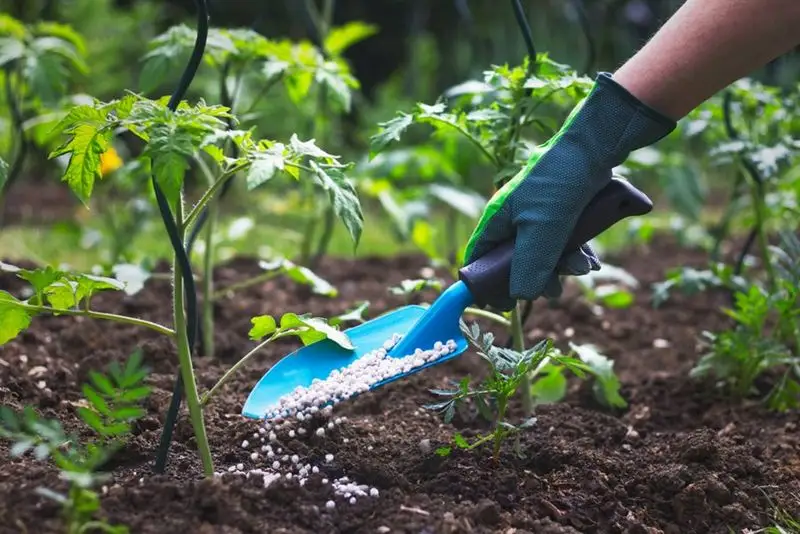
Fertilizers can enhance growth, but overuse can harm plants. Excessive chemicals in soil can lead to nutrient imbalances and damage roots. Opt for organic alternatives that release nutrients slowly. Always follow the recommended application rate on fertilizer packaging. Monitor plant health and soil conditions, adjusting fertilizer use accordingly. By balancing nutrient supply with plant needs, you promote a healthy, sustainable garden environment.
Improper Mulching
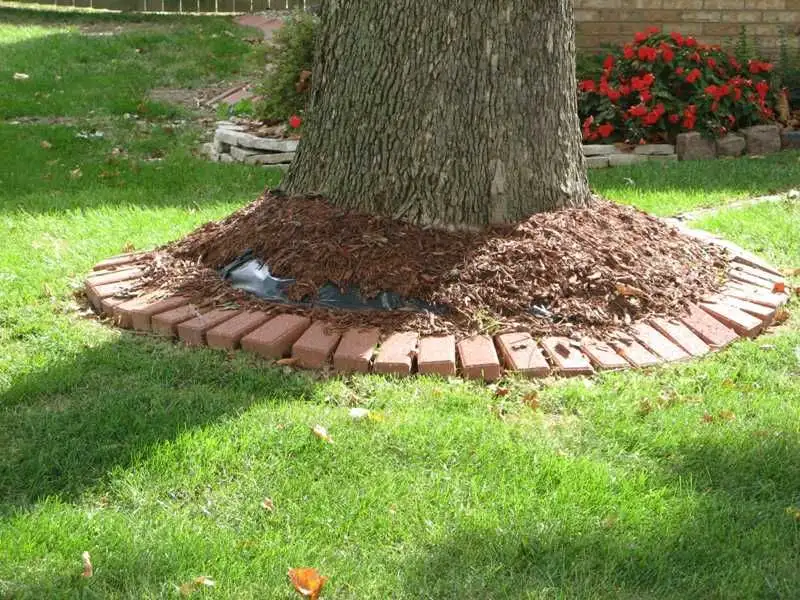
Mulch is beneficial, conserving moisture and suppressing weeds, but improper application can harm plants. Avoid piling mulch against plant stems, which can lead to rot. Spread a thin layer evenly, maintaining space around stems. Choose from organic mulches like bark or straw, which enrich the soil as they decompose. Proper mulching improves soil structure and health, supporting plant growth and vitality. A mindful approach to mulching can prevent common garden problems.
Forgetting to Rotate Crops
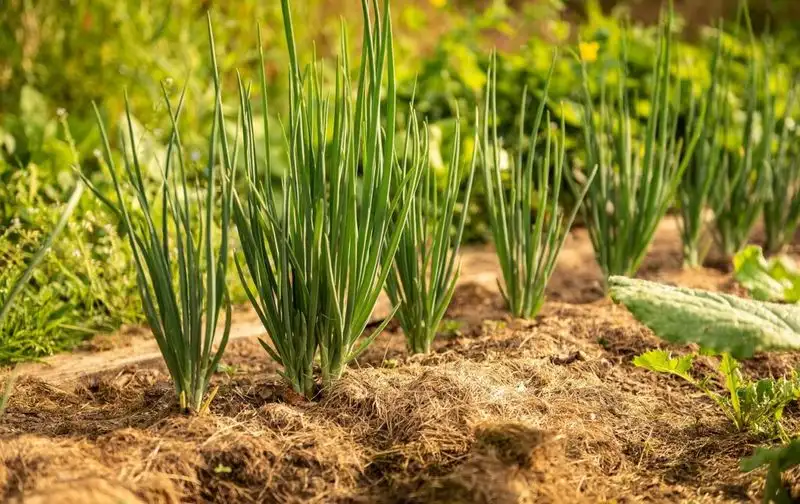
Crop rotation is vital for maintaining soil health and preventing pest buildup. Growing the same plants in the same spot repeatedly depletes nutrients and invites soil-borne diseases. Plan your garden layout, rotating plant families annually to balance nutrient use. This practice not only improves soil fertility but also disrupts pest and disease cycles. Crop rotation is an effective strategy for a thriving vegetable garden, fostering healthy plant growth.
Lack of Garden Planning
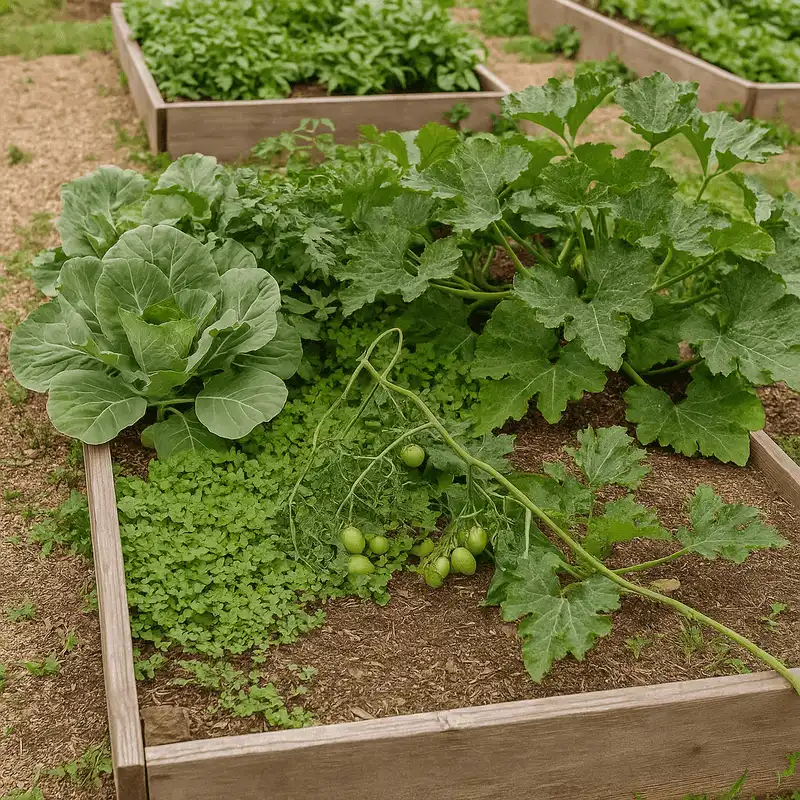
Without a plan, gardens can become chaotic, and plants may suffer. Thoughtful planning considers plant needs, space, and aesthetics. Sketch your garden layout before planting, considering factors like sunlight, soil, and plant compatibility. A well-structured garden is easier to maintain and more resilient to challenges. Planning ensures plants are placed where they can thrive, creating a harmonious and productive garden space.
Ignoring Seasonal Changes
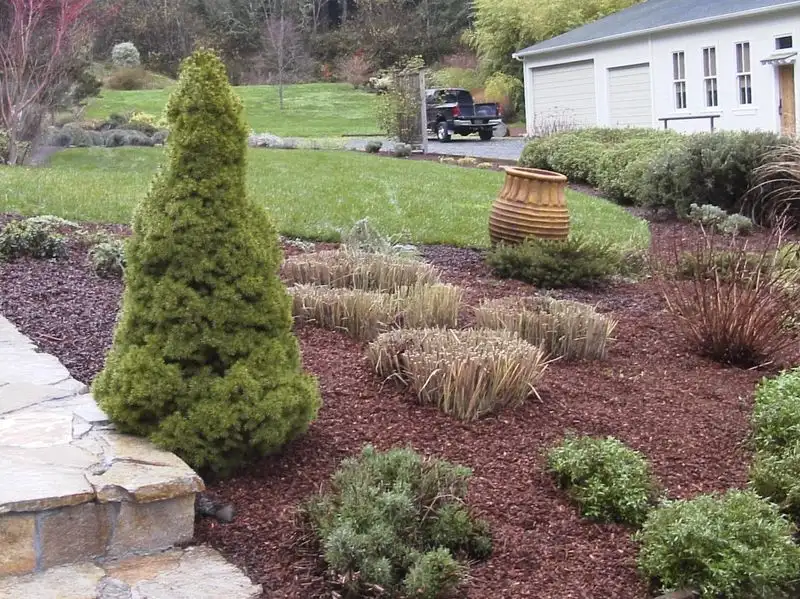
Plants respond to changing seasons, and gardeners must adapt too. Seasonal changes affect plant growth and health, with different care needed throughout the year. Observe how plants react to temperature and daylight shifts, adjusting watering and feeding schedules accordingly. Embrace seasonal planting to ensure garden productivity. By aligning your gardening practices with nature’s rhythms, you create an environment where plants flourish year-round.
Poor Watering Techniques
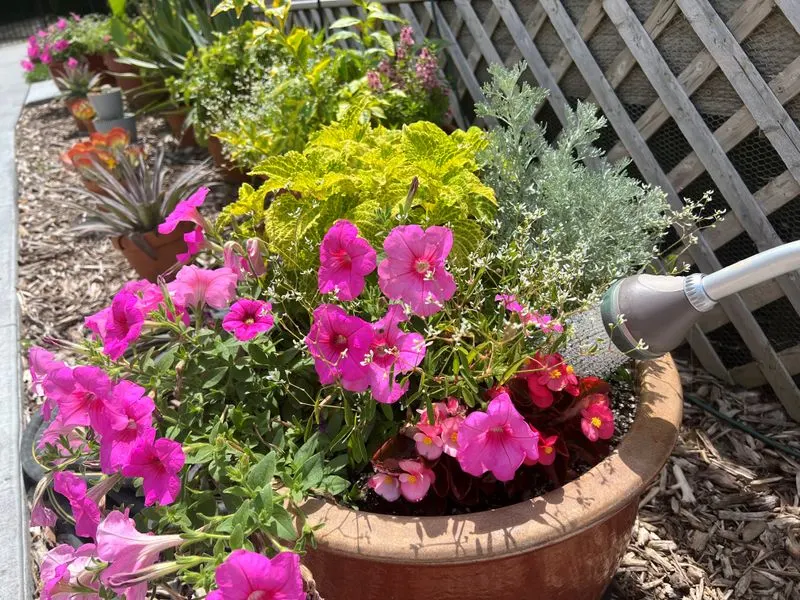
Effective watering reaches plant roots, yet many gardeners water superficially. Shallow watering encourages weak root systems. Water deeply and less frequently to promote strong roots. Use soaker hoses or drip irrigation for efficient water delivery. Morning watering reduces evaporation and fungal risk. Adjust techniques based on weather and plant type, ensuring each plant receives the hydration it needs. Thoughtful watering fosters robust plant growth and resilience.
Neglecting Plant Labels
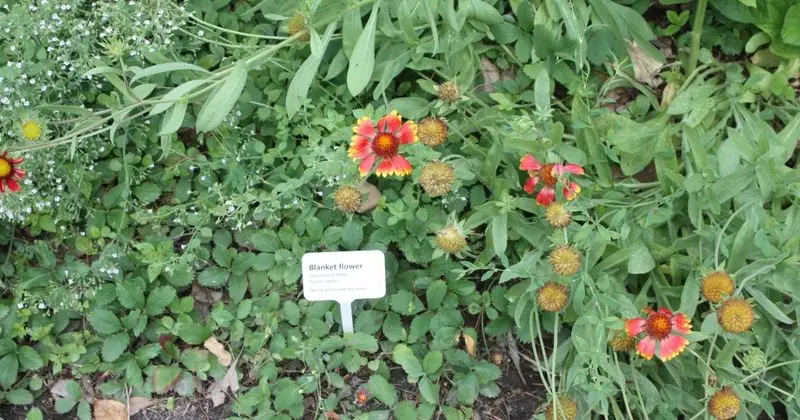
Plant labels provide crucial information, yet they are often overlooked. Labels offer insights into plant needs and growth habits. Keep them visible and legible to guide care decisions. Losing labels can lead to misidentification and improper care. Develop a system for tracking plant details, using maps or journals if necessary. By valuing plant labels, you ensure informed gardening practices and optimal plant health.

